Quattro Environmental Scanning Electron Microscope
The Thermo Scientific Quattro ESEM combines all-around performance in imaging and analytics with a unique environmental mode (ESEM) that allows samples to be studied in their natural state. It is ideal for a wide variety of academic, industrial, and government labs that want the versatility and ease of use needed for multiple users of different experience levels and disciplines on a platform that also supports unique in situ experiments. The Quattro ESEM features a field emission gun (FEG), which ensures excellent resolution. Meanwhile, its three vacuum modes (high vacuum, low vacuum, and ESEM) provide the flexibility to accommodate the widest range of samples of any SEM available, including those that are outgassing or otherwise not vacuum-compatible.
Best in class for in situ imaging capabilities, dynamic experiments with excellent analytical capabilities
The Quattro ESEM is a highly flexible platform for in situ dynamic experiments. The Quattro ESEM’s environmental SEM capability allows scientists to study materials in a range of conditions, such as wet/humid, hot, or reactive environments, as they develop new materials and products. It supports cooling and heating experiments both in high vacuum and low vacuum to accommodate the widest range of needs. Cooling experiments on wet materials are possible with the Peltier cooling stage or if the transmission mode is needed, with Thermo Scientific WetSTEM Technology. Additionally, the Quattro ESEM provides several different possibilities to heat the samples of interest, both bulk and powders. Users can perform dynamic experiments at high temperatures both in high vacuum (with the high-vacuum heating stage), in low-vacuum/ESEM mode (with the two ESEM heating stages for temperatures up to 1,000°C and 1,400°C), and on a localized area for better control of the temperature change (with the Thermo Scientific µHeater Holder).
Thanks to the Quattro ESEM chamber size, it accommodates a wide range of accessories. Analytical capabilities include energy dispersive X-ray spectroscopy (EDS) with ports for 180-degree dual EDS attachment, electron backscatter diffraction (EBSD) coplanar with EDS, and wavelength dispersive X-ray spectroscopy (WDS). Furthermore, the Quattro ESEM comes with the new Thermo Scientific ChemiSEM Technology, a unique live elemental imaging capability that is fully integrated into the SEM user interface, providing always-available compositional information through the most intuitive interface.
| Resolution |
- High-vacuum imaging
- 0.8 nm at 30 kV (STEM)
- 1.0 nm at 30 kV (SE) in high vacuum
- 1.3 nm at 30 kV (SE) in low vacuum and ESEM mode
- 3.0 nm at 1 kV (SE)
|
| Standard detectors |
- ETD, low-vacuum SED (LVD), gaseous SED for ESEM mode (GSED), IR camera
|
| Optional detectors |
- Nav-Cam+, DBS, DBS-GAD, ESEM-GAD, ICD, STEM 3+, WetSTEM, RGB-CLD, EDS, EBSD, WDS, Raman, EBIC, etc.
|
| ChemiSEM Technology (optional) |
- Live quantitative SEM image coloring is available based on energy-dispersive X-ray spectroscopy (EDS). Point & ID, linescan, region, element maps and accurate Noran quantification are included.
|
| Stage bias (beam deceleration, optional) |
|
| Low vacuum mode |
- Up to 2600 Pa (H2O) or 4000 Pa (N2)
|
| Stage |
- 5-axis motorized eucentric stage, 110 x 110 mm2 with a 105° tilt range. Maximum sample weight: 5 kg in un-tilted position.
|
| Standard sample holder |
- Standard multi-sample SEM holder uniquely mounts directly onto the stage, hosts up to 18 standard stubs (⌀ 12 mm), does not require tools to mount a sample
|
| Chamber |
- 340 mm inside width, 12 ports, three simultaneous EDS detectors possible, two at 180°, coplanar EDS/EBSD orthogonal to the tilt axis of the stage
|
| In situ accessories (optional) |
- Software controlled -20° C to +60° C Peltier cold stage
- Software controlled 1000° C low vacuum/ESEM heating stage
- Software controlled 1100° C high vacuum heating stage
- Software controlled 1400° C low vacuum/ESEM heating stage
- Integrated gas injection: up to 2 units (other accessories may limit number of GIS available) for beam-induced deposition of the following materials:
- Manipulators
- Cryo-stage
- Electrical probing / multi-probing stations
|
| Software options |
- Maps Software for automatic large area acquisition using tiling and stitching; correlative work
- AutoScript 4 Software; a Python-based application programming interface
- Pattern generation software
- Thermo Scientific TopoMaps Software for image colorization, image analysis and 3D surface reconstruction
|
Dynamic in situ experiments
In situ study of materials in their natural state: unique high-resolution FEG-SEM with environmental mode (ESEM). In situ analysis at temperatures ranging from -165°C to 1,400°C with a range of cryo, Peltier, and heating stages.
Wide range of information
Observe all information from all samples with simultaneous SE and BSE imaging in every mode of operation. Several additional detectors, such as the STEM3+ detector and the retractable RGB cathodoluminescence (CL) detector are available to accommodate every user’s need and provide a complete set of information from a wide range of materials.
Excellent analytical capabilities
Excellent analytical capabilities with a flexible chamber that allows multiple EDS, EBSD, or WDS detectors. Elemental information at your fingertips with ChemiSEM Technology, which provides live, quantitative, elemental mapping for unprecedented time to result and ease of use. Excellent analysis of non-conductive samples: accurate EDS and EBSD are enabled in low vacuum with the Quattro ESEM’s through-the-lens pumping.
Minimize sample preparation time
Minimize sample preparation time with the unique combination of high-vacuum, low-vacuum, and environmental modes
Ease of use with innovative options and advanced automation
Easy to use, intuitive software with User Guidance. The unique Undo function permits efficient exploration of imaging conditions and allows you to work faster with fewer mouse clicks.
Advanced automation
Advanced automation is provided in different ways, with either Thermo Scientific AutoScript 4 Software or Thermo Scientific Maps Software, depending on the specific application needs.
AutoScript 4 Software offers control of the Quattro ESEM. Take advantage of a Python-based application programming interface (API) to optimize your in situ cooling or heating experiments or record and monitor dynamic parameters such as temperature, stage position, or pressure.
Maps Software automates large-area acquisition on multiple samples with up to four different simultaneous signals. In addition to a clear increase in the system productivity, it offers a multi-scale, multi-layered visualization environment in which 2D and 3D data and imagery can be imported from any source to correlate different modalities.
Process control using electron microscopy
Modern industry demands high throughput with superior quality, a balance that is maintained through robust process control. SEM and TEM tools with dedicated automation software provide rapid, multi-scale information for process monitoring and improvement.
Quality control and failure analysis
Quality control and assurance are essential in modern industry. We offer a range of EM and spectroscopy tools for multi-scale and multi-modal analysis of defects, allowing you to make reliable and informed decisions for process control and improvement.
Fundamental Materials Research
Novel materials are investigated at increasingly smaller scales for maximum control of their physical and chemical properties. Electron microscopy provides researchers with key insight into a wide variety of material characteristics at the micro- to nano-scale.
Semiconductor research and development
The increasing complexity of semiconductor device structures, along with the shrinking of structural dimensions, means that designing next-generation devices is more challenging and time-consuming than ever before. This, coupled with the fact that the number of technology and design options available is increasing, means a lower probability that any particular design will be commercially successful. As a result, device manufacturers need reliable tools for pathfinding that reduce the number of viable options available and help them implement solutions faster.
Semiconductor metrology
Thermo Fisher Scientific offers a suite of next-generation products with advanced analytical capabilities for semiconductor metrology and inspection. These solutions are designed to help increase productivity in semiconductor fabrication labs by improving quality control and yield in the manufacture of logic, 3D NAND, DRAM, analog, power and display devices.
Semiconductor Failure Analysis
Advanced analytical tools are essential for the detection of any electrical defects that can negatively influence yield, reliability, or performance. With the right equipment, the time and cost associated with electrical fault isolation can be reduced by quickly extracting comprehensive defect data from the sample.
Semiconductor materials characterization
Advanced characterization of these devices can help you deliver on necessary performance, predict and control structural, physical, and chemical properties, as well as correlate your characterization data to parametric test results.
Energy dispersive spectroscopy (EDS) collects detailed elemental information along with electron microscopy images, providing critical compositional context for EM observations. With EDS, chemical composition can be determined from quick, holistic surface scans down to individual atoms.
Studying materials in real-world conditions often involves working at high temperatures. The behavior of materials as they recrystallize, melt, deform, or react in the presence of heat can be studied in situ with scanning electron microscopy or DualBeam tools.
Environmental SEM allows materials to be imaged in their native state. This is ideally suited for academic and industrial researchers who need to test and analyze samples that are wet, dirty, reactive, outgassing or otherwise not vacuum compatible.
Direct, real-time observation of microstructural changes with electron microscopy is necessary to understand the underlying principles of dynamic processes such as recrystallization, grain growth, and phase transformation during heating, cooling, and wetting.
Particle analysis plays a vital role in nanomaterials research and quality control. The nanometer-scale resolution and superior imaging of electron microscopy can be combined with specialized software for rapid characterization of powders and particles.

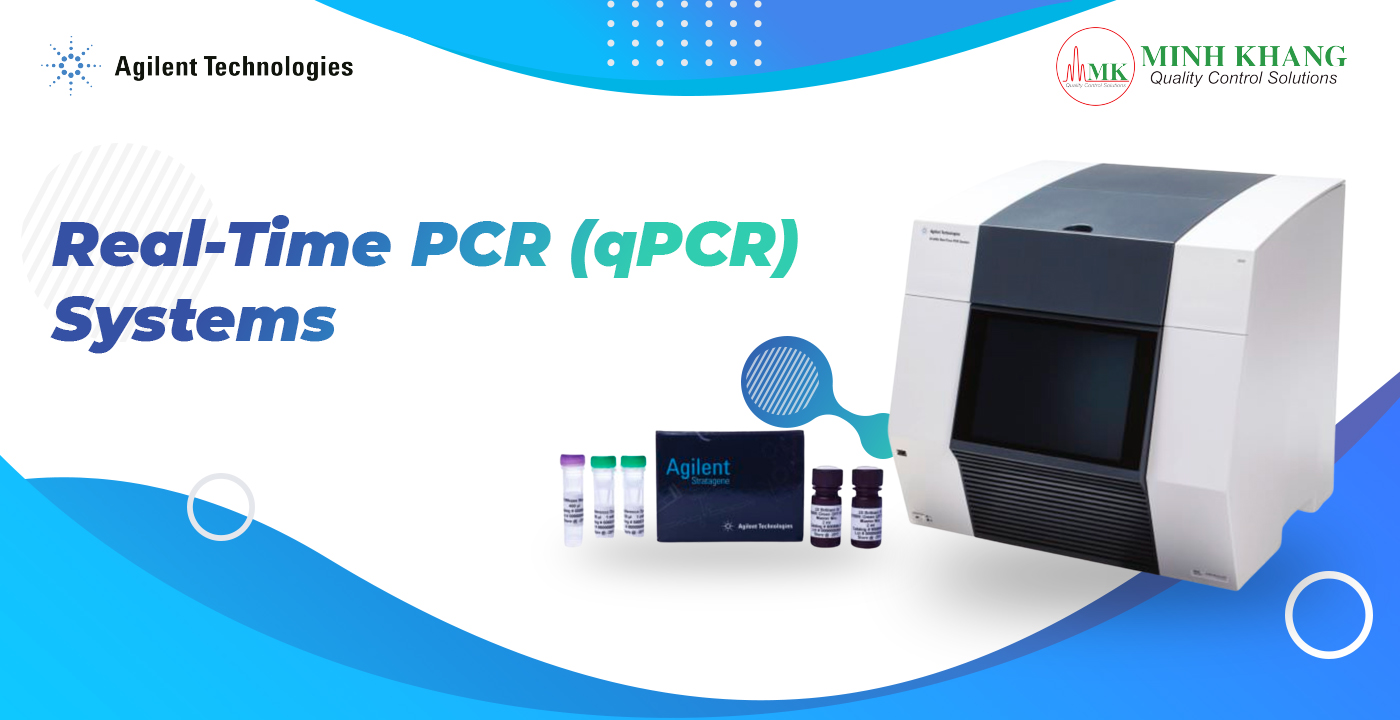
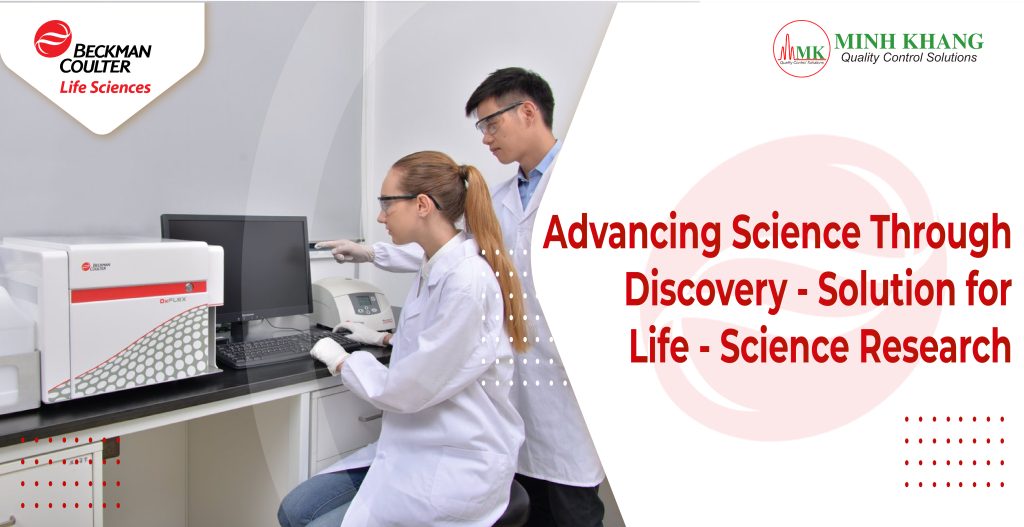
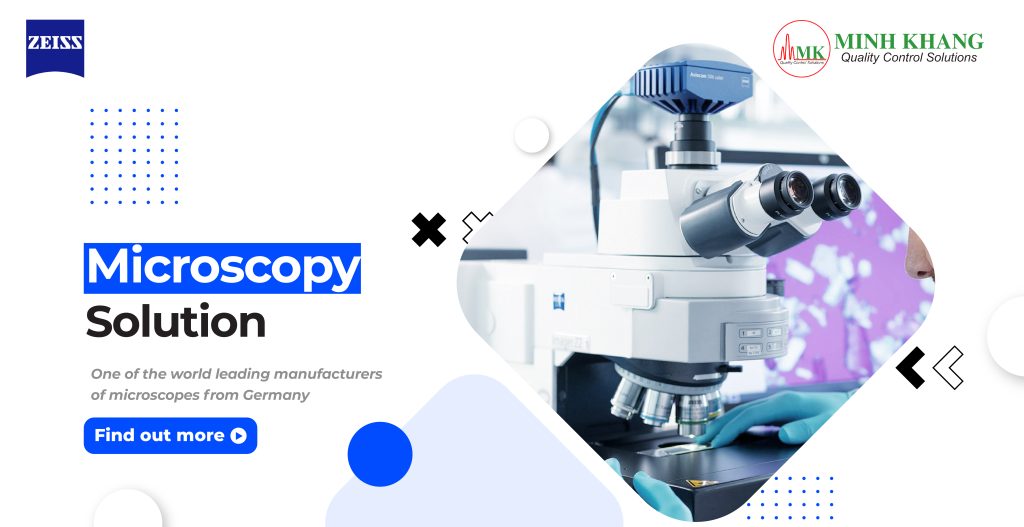






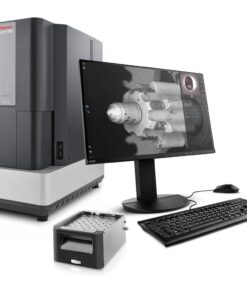

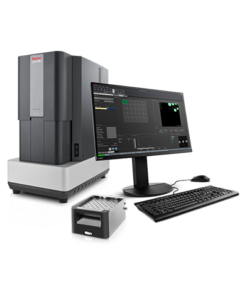
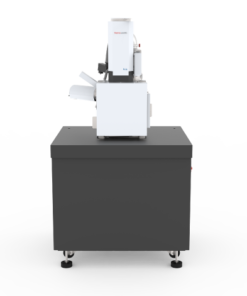

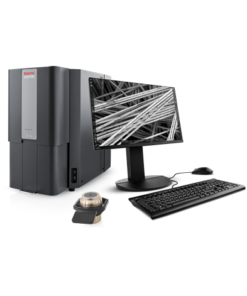
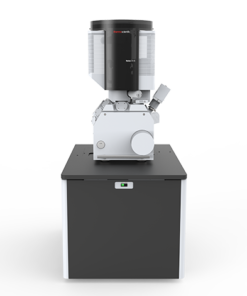
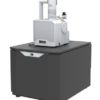
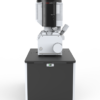

 VI
VI